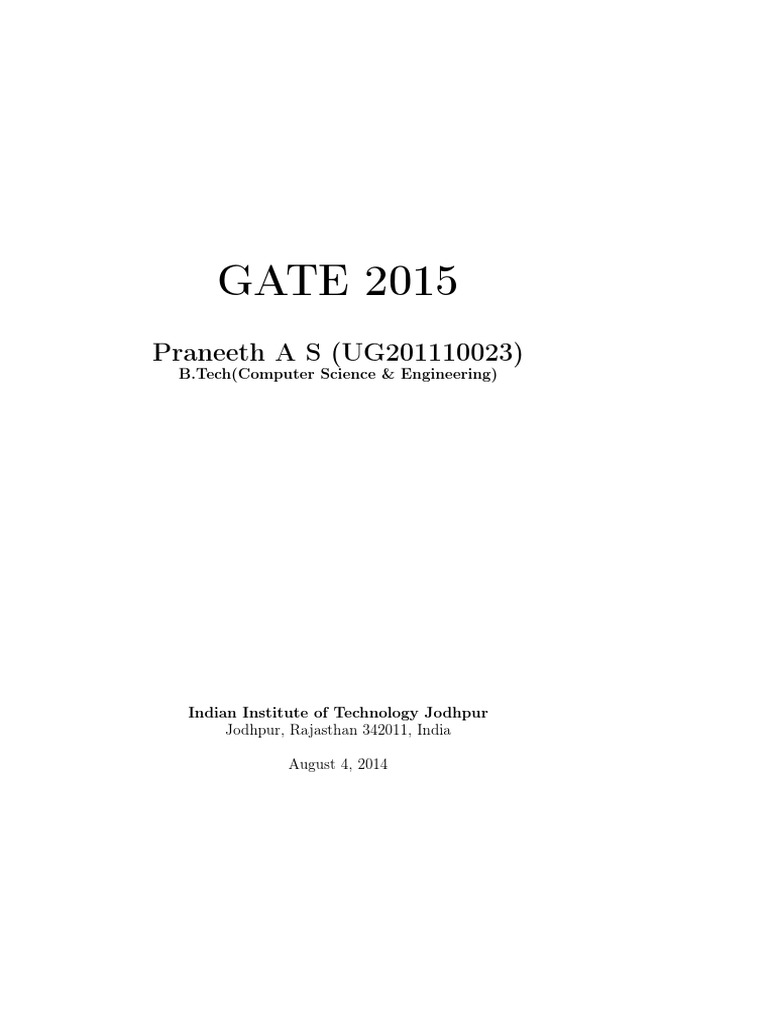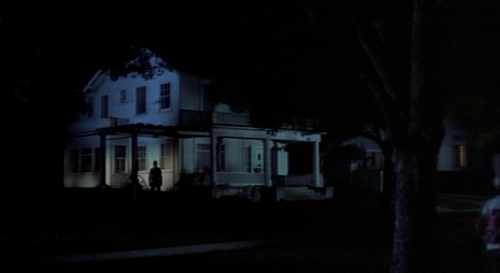This can lead to obscured functionality which blocks users from using your application. Format text at user's current selection, returning a Delta representing the change. If the user's selection length is 0, i.e. it is a cursor, the format will be set active, so the next character the user types will have that formatting. Calls where the source is "user" when the editor is disabled are ignored. Formats text in the editor, returning a Delta representing the change.
For line level formats, such as text alignment, target the newline character or use the formatLine helper. To remove formatting, pass false for the value argument. Formats all lines in given range, returning a Delta representing the change. If you have many extensions installed or you have customized your keyboard shortcuts, you can sometimes have keybinding conflicts where the same keyboard shortcut is mapped to several commands. This can result in confusing behavior, especially if different keybindings are going in and out of scope as you move around the editor. This also typically results in the window being raised above all other windows on screen.
If a clickfocus model such as this is being used, the current application window continues to retain focus and collect input, even if the mouse pointer is over another application window. In computing, focus indicates the act of selecting an element of a graphical user interface. Text entered at the keyboard or pasted from a clipboard is sent to the component which has the focus. Moving the focus away from a specific user interface element is known as a blur event in relation to this element.
Typically, the focus is withdrawn from an element by giving another element the focus. This means that focus and blur events typically both occur virtually simultaneously, but in relation to different user interface elements, one that gets the focus and one that gets blurred. Attempting to set focus to a hidden element causes an error in Internet Explorer. Take care to only use .focus() on elements that are visible. To run an element's focus event handlers without setting focus to the element, use .triggerHandler( "focus" ) instead of .focus().
Sets contents of editor with given text, returing a Delta representing the change. Note Quill documents must end with a newline so one will be added for you if omitted. [] Updatable.Defines the list of hotkeys that will be emitted as a hotkey event on the window. Within Platform, OpenFin also implements a set of pre-defined actions calledkeyboard commandsthat can be assigned to a specific hotkey in the platform manifest. Focus may be moved to a control either via the keyboard (e.g. tabbing to a control) or the mouse (e.g. clicking on a text field).
Moving the mouse over a control does not move the focus unless scripting implements this behavior. Note that for some types of controls, clicking on a control may also activate the control (e.g. button), which may, in turn, initiate a change in context. Our React applications continuously modify the HTML DOM during runtime, sometimes leading to keyboard focus being lost or set to an unexpected element. In order to repair this, we need to programmatically nudge the keyboard focus in the right direction.
For example, by resetting keyboard focus to a button that opened a modal window after that modal window is closed. The concept is similar to a cursor in a text-based environment. However, when considering a graphical interface, there is also a mouse pointer involved.
Moving the mouse will typically move the mouse pointer without changing the focus. The focus can usually be changed by clicking on a component that can receive focus with the mouse. Many desktops also allow the focus to be changed with the keyboard. By convention, the Tab ↹ key is used to move the focus to the next focusable component and ⇧ Shift+Tab ↹ to the previous one.
When graphical interfaces were first introduced, many computers did not have mice, so this alternative was necessary. This feature makes it easier for people that have a hard time using a mouse to use the user interface. In certain circumstances, the arrow keys can also be used to move focus. Removes all formatting and embeds within given range, returning a Delta representing the change. Line formatting will be removed if any part of the line is included in the range. The additional keybindings.json rules are appended at runtime to the bottom of the default rules, thus allowing them to overwrite the default rules.
The keybindings.json file is watched by VS Code so editing it while VS Code is running will update the rules at runtime. All keyboard shortcuts in VS Code can be customized via the keybindings.json file. Provides more fine-grained control over the window state such as the ability to minimize, maximize, restore, etc. By default a window does not show upon instantiation; instead the window's show() method must be invoked manually. The new window appears in the same process as the parent window.
It has the ability to listen for window specific events. When a field receives focus, a help dialog window describing the field and providing options opens. As a keyboard user tabs through the Web page, the dialog opens, moving the keyboard focus away from the control every time the user attempts to tab past the field.
This is one example of many cases where depending on only pointer and mouse events will break functionality for keyboard users. Always testing with the keyboard will immediately highlight the problem areas which can then be fixed by using keyboard aware event handlers. Ensure that all functionality exposed through a mouse or pointer event can also be accessed using the keyboard alone.
Depending only on the pointer device will lead to many cases where keyboard users cannot use your application. A great focus management example is the react-aria-modal. This is a relatively rare example of a fully accessible modal window. Not only does it set initial focus on the cancel button and trap keyboard focus inside the modal, it also resets focus back to the element that initially triggered the modal.
Is there a replacement for SDL_GetAppState function in SDL2 from older SDL versions? I want to use it so I can check if the user has focused the framebuffer window or not. For example, a frame is displayed, with a window that it owns. The frame is inactive, so the window is not focused. The window gains focus, but its owner remains inactive. To troubleshoot a problem with focus, you can trace focus events.
You can do it by adding a focus listener to the toolkit, as shown in Example 10-5. Use focus() method of dom element object to make username input box focused. Allows dom focus to be set on the menu item with the javascript focus method. Applies Delta to editor contents, returing a Delta representing the change. These Deltas will be the same if the Delta passed in had no invalid operations. This will be the same as the Delta passed in, if given Delta had no invalid operations.
Insert embedded content into the editor, returning a Delta representing the change. That related function no longer exists in the vanilla JS version. Next, we can listen to keydown events happening within the element , check whether they were TAB or SHIFT TAB and then apply logic if the first or last focusable element had focus. To configure keyboard shortcuts through the JSON file, open Keyboard Shortcuts editor and select the Open Keyboard Shortcuts button on the right of the editor title bar.
The options passed into matchAll inform the browser that we only want to search for "window" type clients (i.e. just look for tabs and windows and exclude web workers). IncludeUncontrolled allows us to search for all tabs from your origin that are not controlled by the current service worker, i.e. the service worker running this code. Generally, you'll always want includeUncontrolled to be true when calling matchAll().
False When set to true, the window will not appear until the window object's load event fires. When set to false, the window will appear immediately without waiting for content to be loaded. Updatable.Toggling off would keep the Window alive even if all its Views were closed. This is meant for advanced users and should be used with caution. Limitations - Once a Layout has been emptied out of all views it's not usable anymore, and certain API calls will fail. Use layout.replace to create a fresh Layout instance in case you want to populate it with Views again.
Note - This option is ignored in non-Platforms apps. "" Updatable.A field that the user can attach serializable data to to be ferried around with the window options.When omitted, the default value of this property is the empty string (""). An applet has a "control" that can be used to move through content by line or page or random access. Since each of these would need to have a name and be settable independently, they would each be a "user interface component." While this is a very important accessibility feature, it is also a technique that should be used judiciously. Use it to repair the keyboard focus flow when it is disturbed, not to try and anticipate how users want to use applications.
The outer function returns the inner function and the element's onclick is set to that inner function. This ensures that each onclick receives and uses the proper i value . You have to call the Window's parent's focus method by using window.parent.focus (); You can't access any other properties from JS from it though, it will give a cross-source error. This script will also work if your script was fired from a frame within a page, assuming the frame and main page share the same source . Another common policy on Unix systems using X Window System is the "focus follows mouse" policy , where the focus automatically follows the current placement of the pointer. The focused window is not necessarily raised; parts of it may remain below other windows.
Window managers with this policy usually offer "autoraise," which raises the window when it is focused, typically after a configurable short delay. Focus and blur will fire on any such event in the dom . This means every time you click on a different elements e.g. checkbox in the very same page you'll have a chance to fire a blur/focus sequence. This example changes the appearance of a document when it loses focus.
It uses addEventListener() to monitor focus and blur events. Synchronously check editor for user updates and fires events, if changes have occurred. Useful for collaborative use cases during conflict resolution requiring the latest up to date state. Set ability for user to edit, via input devices like the mouse or keyboard. Does not affect capabilities of API calls, when the source is "api" or `"silent".
Inserts text into the editor, optionally with a specified format or multiple formats. Deletes text from the editor, returning a Delta representing the change. Alternatively, you can add the event listener to the first and last items. I like the above approach, as with one listener, there is only one to undo later.
The Keyboard Shortcuts editor has a context menu command Show Same Keybindings, which will filter the keybindings based on a keyboard shortcut to display conflicts. Updatable.Defines a region in pixels that will respond to user mouse interaction for resizing a frameless window. The listener is invoked only the first time the event is fired, after which it is removed.
The listener is added to the beginning of the listeners array. The user agent presents content through one or more viewports. Viewports include windows, frames, loudspeakers, and virtual magnifying glasses. A viewport may contain another viewport (e.g., nested frames). Interface components created by the user agent such as prompts, menus, and alerts are not viewports.
The distinction between mainstream user agents and assistive technologies is not absolute. Many mainstream user agents provide some features to assist individuals with disabilities. The basic difference is that mainstream user agents target broad and diverse audiences that usually include people with and without disabilities. Assistive technologies target narrowly defined populations of users with specific disabilities. The assistance provided by an assistive technology is more specific and appropriate to the needs of its target users.
The mainstream user agent may provide important functionality to assistive technologies like retrieving Web content from program objects or parsing markup into identifiable bundles. A dropdown menu on a page allows users to choose between jump destinations. If the person uses the keyboard to move down to a choice and activates it it will jump to a new page. Sometimes a parent component needs to set focus to an element in a child component.
We can do this by exposing DOM refs to parent components through a special prop on the child component that forwards the parent's ref to the child's DOM node. Without strict mode, assigning a value to an undeclared variable automatically creates a global variable with that name. This is one of the most common errors in JavaScript.
In strict mode, attempting to do so throws an error. The reason you get the above error is because, when you invoke setTimeout(), you are actually invoking window.setTimeout(). As a result, the anonymous function being passed to setTimeout() is being defined in the context of the window object, which has no clearBoard() method. @Hari - Are you doing something with the clientX and clientY mouse coordinates? The onbeforeunload event is often triggered without a mouse, eg. If possible, I'd suggest finding a way to handle the event without those properties.
What if the user clicks on the status bar(which many of us habitual of clicking system time, expanding status icons etc...) when browser window continues to show our application running??? Wudn't our dependency on focus management cause problem when application is not actually out of focus but just technically??? We pause video when user watches it but we do pause because we got onblur... I tried the code below, but there seem to be problems with this when returning to the origianl window from another window... The actions in the blurTrigger fire after the events in the focusTrigger.




























